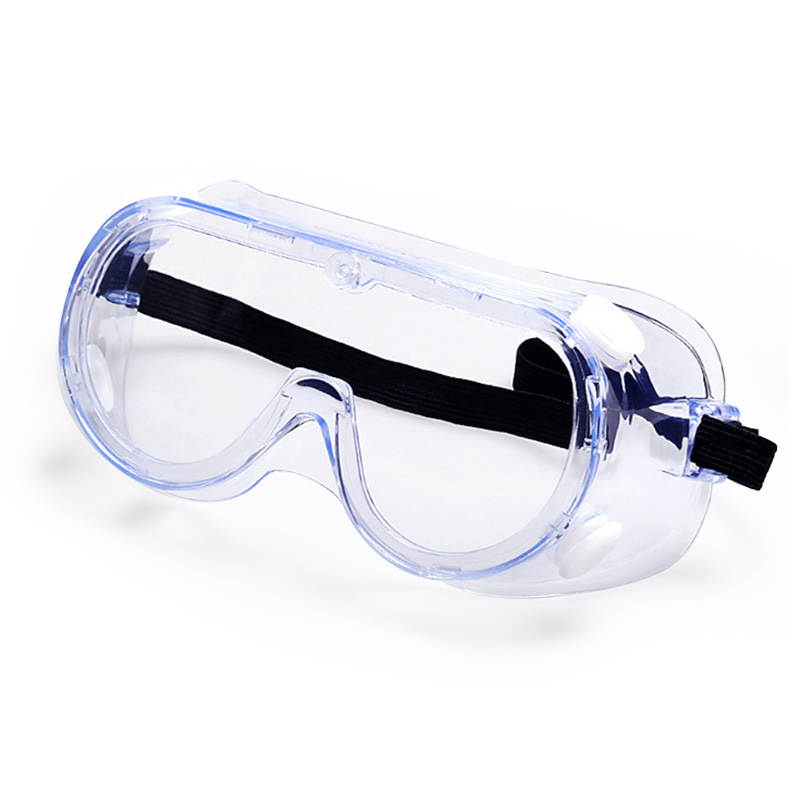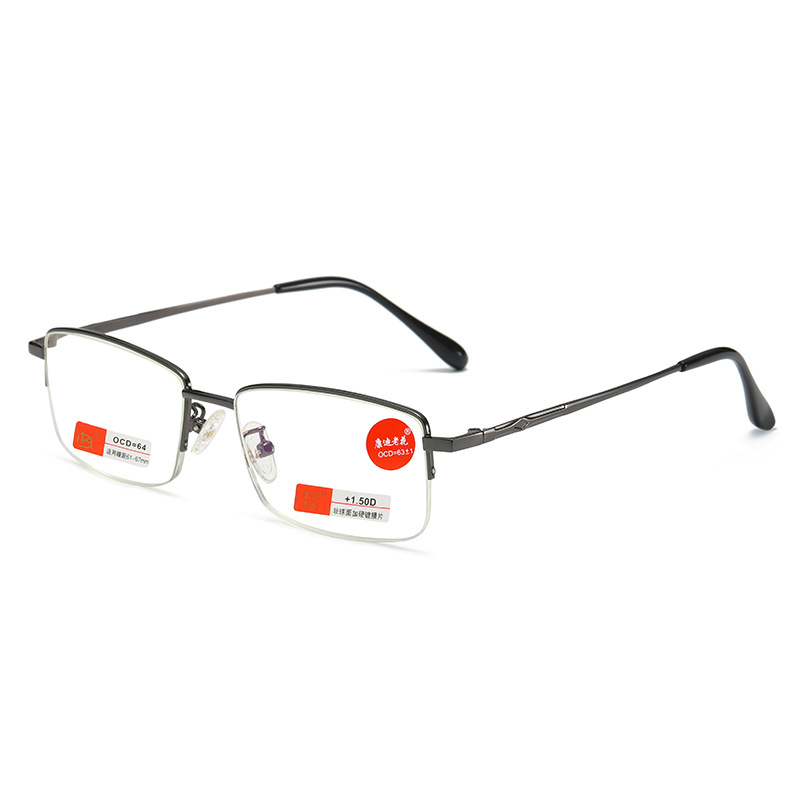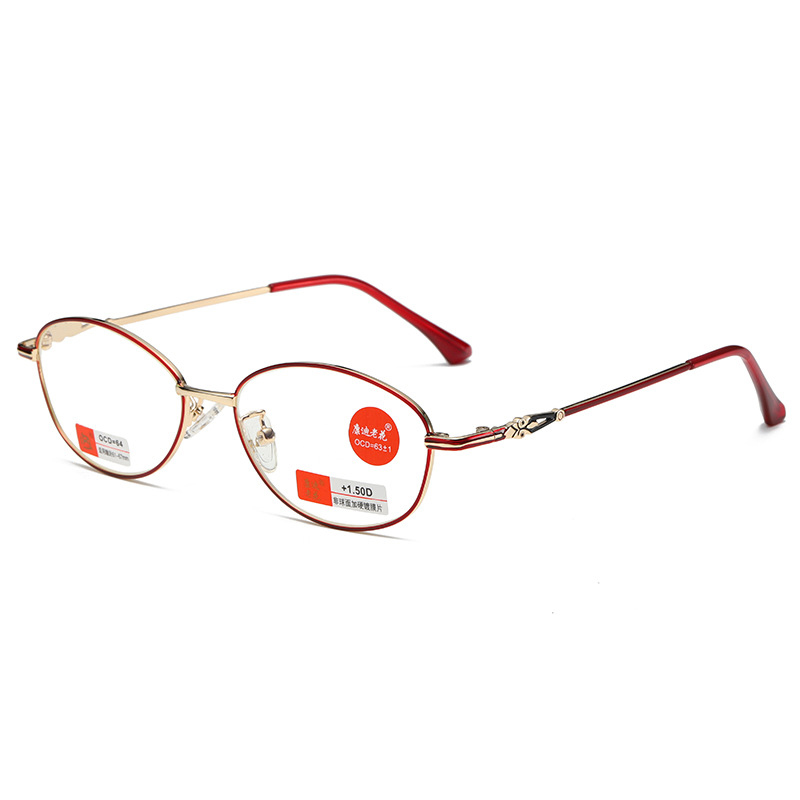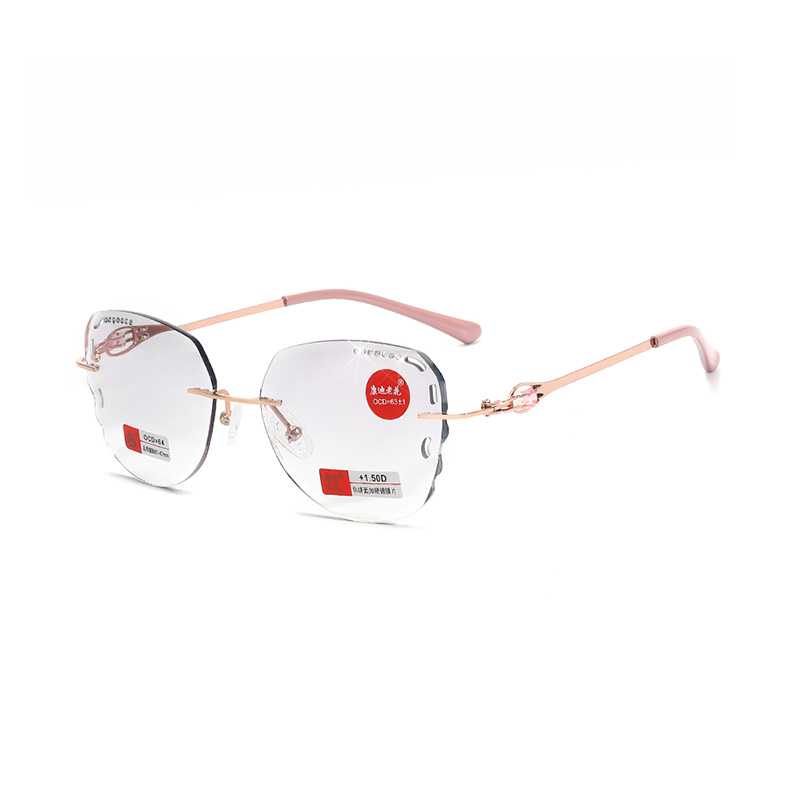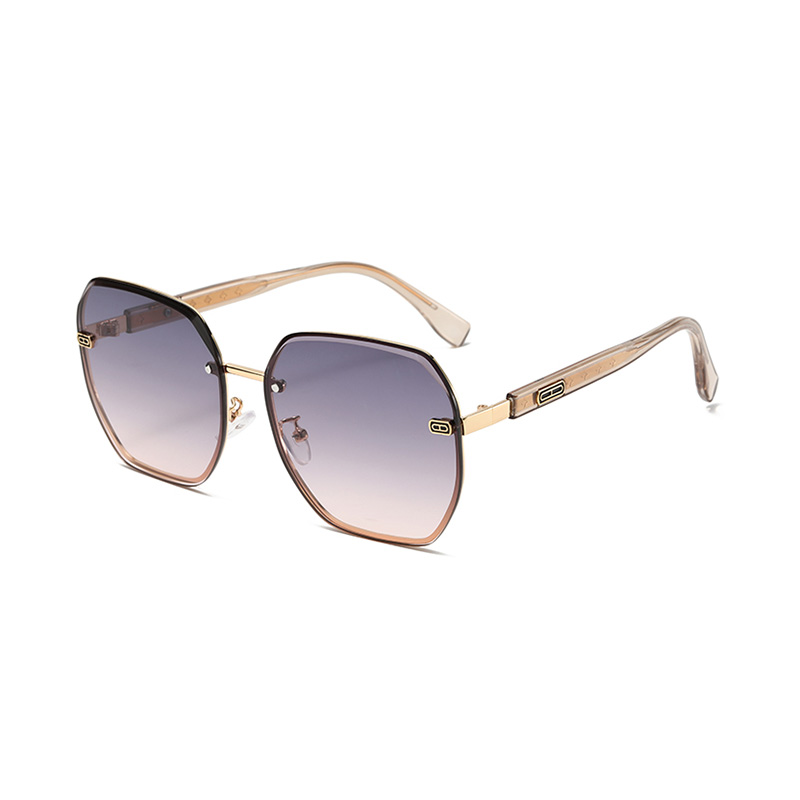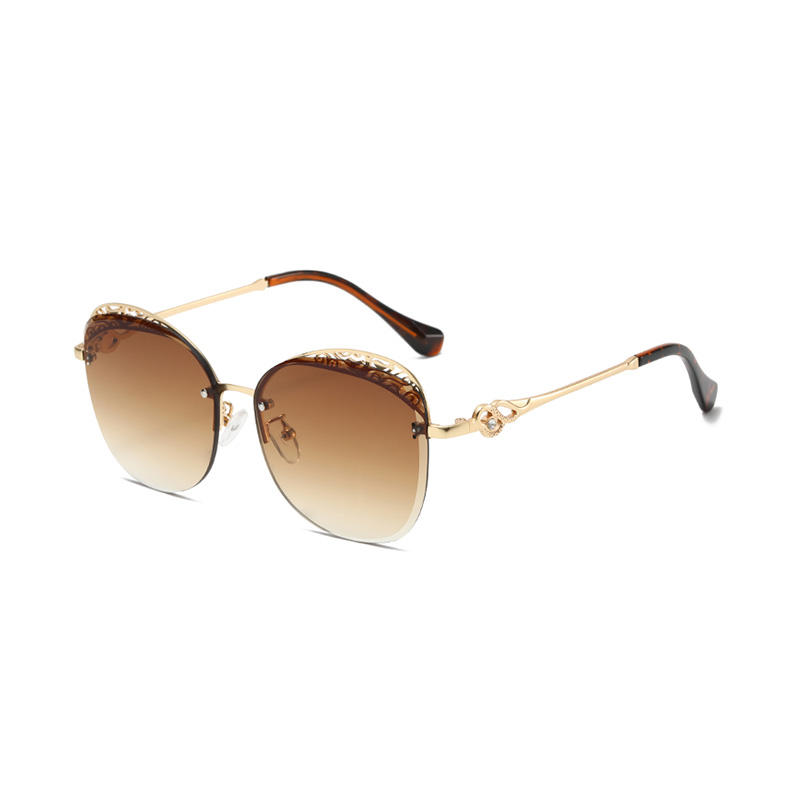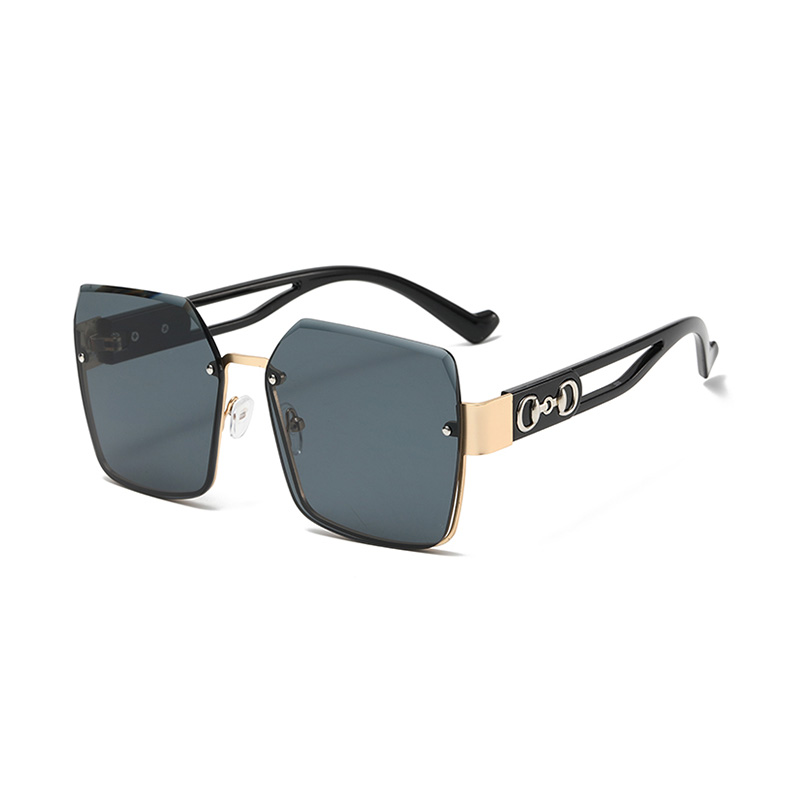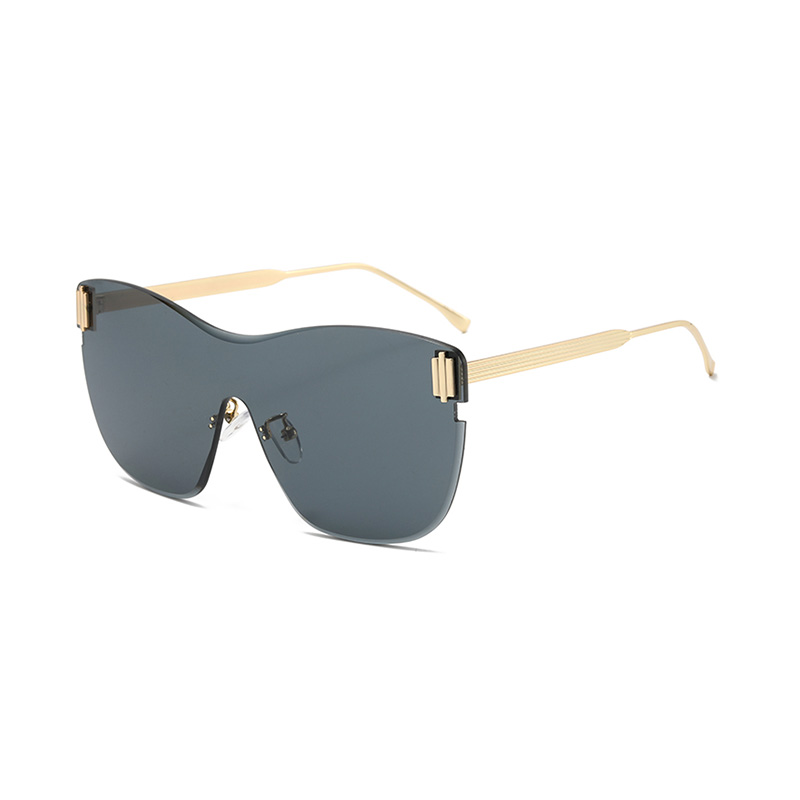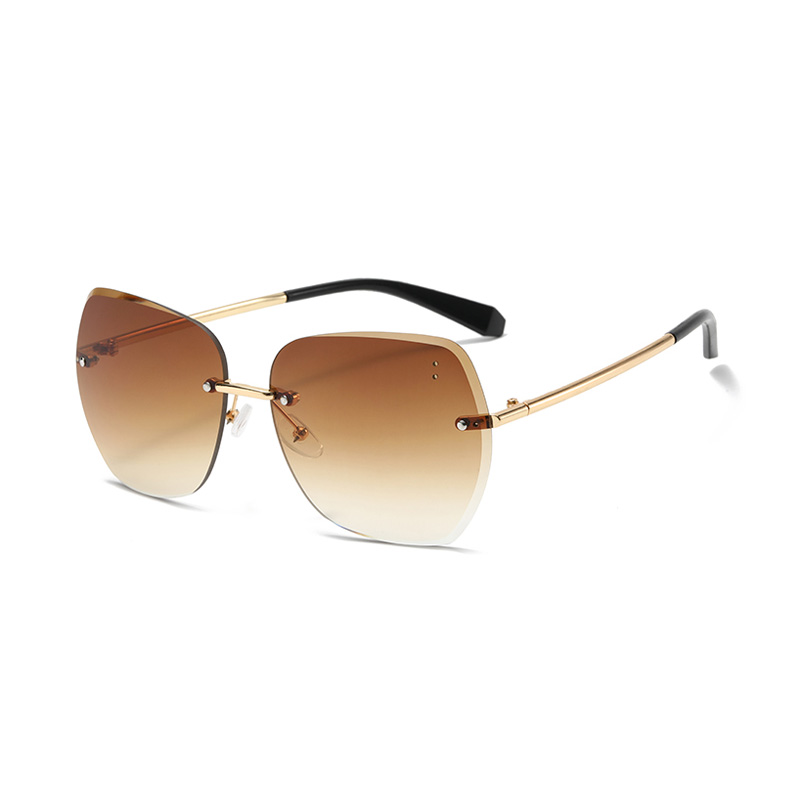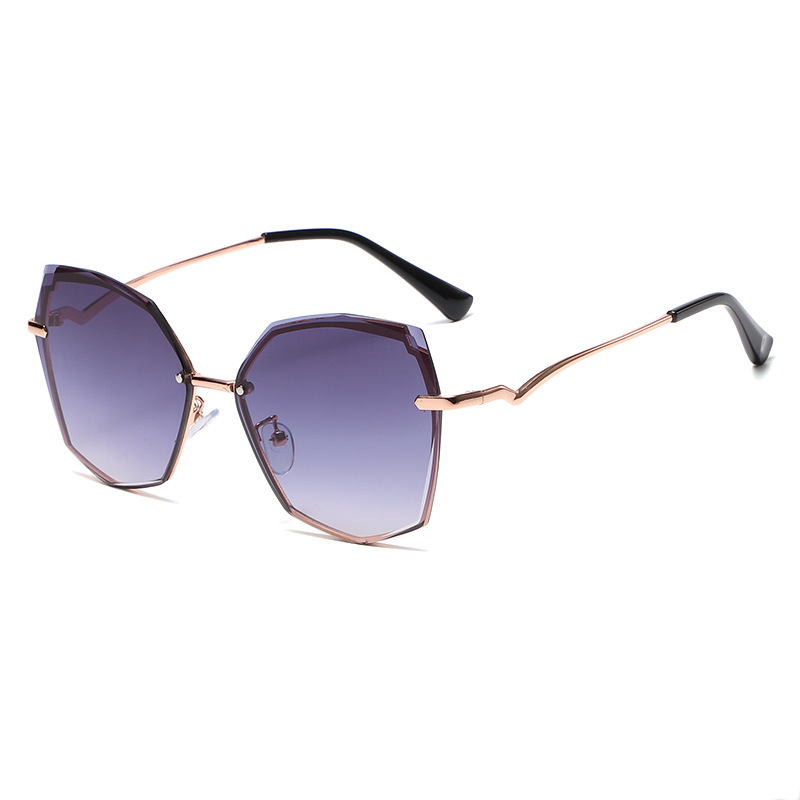In recent years, the global demand for sports sunglasses has seen remarkable growth, driven by increased awareness of eye protection and the rising popularity of outdoor and sports. From professional athletes to weekend warriors, sports sunglasses are no longer just accessories—they're essential performance gear. As more consumers seek high-performance eyewear, the market is undergoing a transformation fueled by innovation, style, and functionality.
One of the key trends influencing the sports sunglasses industry is the integration of advanced materials and lens technology. Manufacturers are developing frames from lightweight, durable materials like TR90 and polycarbonate, which offer both flexibility and strength. These modern frames ensure comfort during prolonged wear, making them ideal for sports such as cycling, running, skiing, and mountain biking. Simultaneously, lenses now come equipped with features such as polarization, UV400 protection, anti-fog coating, and photochromic transitions that adapt to changing light conditions—an important benefit for athletes who train in varied environments.
The surge in outdoor recreational activities post-pandemic has also contributed to the boom in sports sunglasses sales. According to a report by Global Industry Analysts, the sports eyewear market is expected to exceed $10 billion by 2027, with sports sunglasses accounting for a significant portion of that value. This expansion is particularly evident in North America and Europe, where participation in hiking, running, and cycling events has returned to pre-pandemic levels. Asia-Pacific, meanwhile, is emerging as a high-growth region due to rising disposable incomes and an increased focus on personal health and outdoor activities.
In response to this growing demand, brands are tailoring their sports sunglasses to meet the unique needs of different sports. For example, sunglasses designed for cycling often feature wraparound frames to reduce wind interference and maximize peripheral vision, while those for water sports include floating frames and hydrophobic lenses that repel water. Golf-specific models, on the other hand, prioritize enhanced contrast and color recognition to help players read greens more accurately. This trend toward sport-specific design ensures that athletes get performance out of their eyewear.
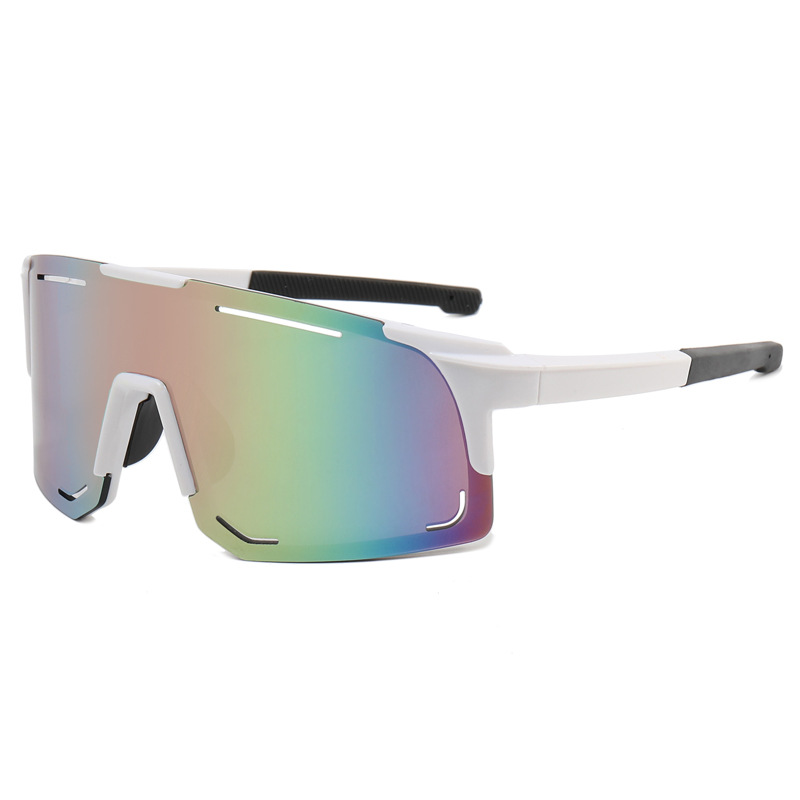
Another significant development in the sports sunglasses market is the push for sustainability. With environmental concerns gaining traction among consumers, many companies are now offering eco-friendly options made from recycled plastics or biodegradable materials. Packaging is also becoming more sustainable, with some brands eliminating plastic entirely in favor of cardboard or reusable microfiber pouches. These initiatives not only appeal to environmentally conscious buyers but also strengthen brand loyalty and corporate responsibility.
Technological innovation continues to play a crucial role in the evolution of sports sunglasses. Smart sunglasses, featuring Bluetooth connectivity, built-in speakers, and even heads-up displays, are gradually making their way into the sports domain. While still in the early adoption phase, these smart features offer hands-free convenience and real-time data, such as pace, heart rate, or navigation assistance, without the need for additional gadgets. As wearable tech becomes more sophisticated and compact, sports sunglasses may soon become multifunctional tools for athletes.
Marketing strategies have also evolved, with brands leveraging influencer partnerships, social media campaigns, and sponsorship deals to reach wider audiences. Endorsements from high-profile athletes lend credibility and visibility to sports sunglasses, while targeted online ads and content marketing educate consumers on their benefits. This shift in advertising reflects a broader move toward digital engagement and community-building among fitness enthusiasts.
Retail distribution is adapting as well. While traditional brick-and-mortar outlets remain relevant, online sales of sports sunglasses have surged, fueled by improved virtual try-on tools and easy return policies. E-commerce platforms allow brands to reach global audiences and offer direct-to-consumer pricing models that appeal to value-conscious shoppers. With the convenience of digital shopping, consumers can access a wider range of styles, colors, and sizes than ever before.
Looking ahead, the future of the sports sunglasses industry appears bright. As consumers continue to prioritize wellness, performance, and personal style, demand for high-quality, functional eyewear will only increase. Manufacturers who invest in research and development, sustainability, and customer engagement are well-positioned to in this evolving market.

 English
English Español
Español